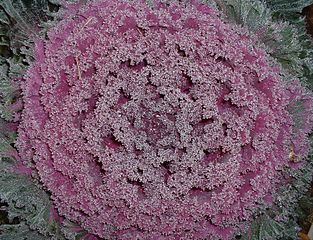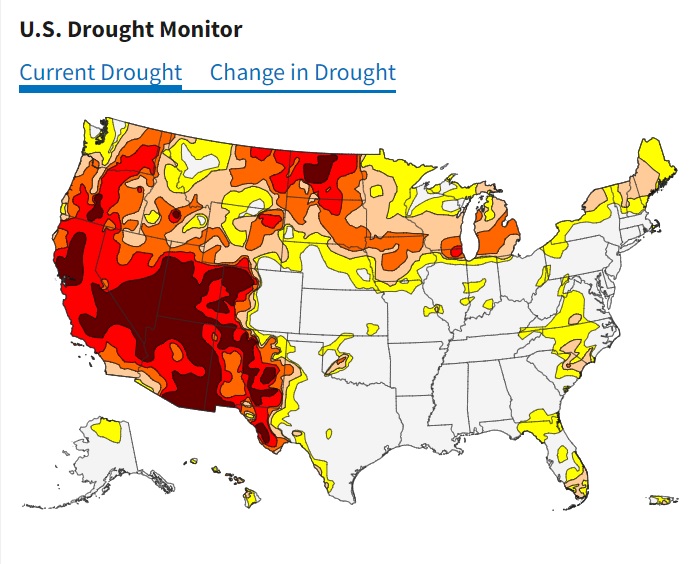Uncategorized
-

The Garden Professors blog has two interesting and related posts describing how cold-hardy plants can survive temperatures well below freezing. If you are a gardener or farmer, you might be interested in reading about this. The two posts are listed below: Part 1: The mechanics of how plants survive cold temperatures https://gardenprofessors.com/a-gardeners-primer-to-cold-hardiness-part-1/ Part 2: How…
-

Here is a look at 20 historical droughts in the United States going back several centuries. The list is more focused on the western part of the country, but that is where the longest and most intense droughts were over long time periods. You might be interested in seeing some of the impacts of these…
-

The last few years have brought many tropical storms and hurricanes to the Southeast. This week marks the 5-year anniversary of Hurricane Matthew, which dropped heavy rains on the East Coast, especially eastern North and South Carolina. The damage to agriculture, infrastructure, and housing from the wind and rain was vast. Corey Davis of the…
-

This week marks the start of astronomical fall (remember, climatological fall started September 1). A strong cold front is expected to move through our region midweek, marking the end of summer and the beginning of the fall season. Rainy conditions early in the week (not continuous, but showery before the front) will give way to…
Posted in: Uncategorized -

While we here in the Southeast have been the beneficiaries of the current atmospheric wave pattern and its cooler temperatures, our friends in the western US have had the bad end of the stick. Not only are they seeing an extended and extreme drought, but they have also been experiencing record-setting high temperatures that are…
Posted in: Uncategorized -

There have been a lot of stories about heat and drought across the world over the last couple of weeks. Here are some of the ones that I thought were the most interesting. The Guardian: In California’s interior, there’s no escape from the desperate heat: ‘Why are we even here?’ Idaho Statesman: Amid drought, thousands…
-

The Drought Monitor web site has been having some problems recently, so today’s drought map is from Drought.gov, its sister site. Because of recent rains, drought conditions improved there this week. They could see more improvement next week with rain from potential Tropical Storm Claudette, which is pulling itself together in the Gulf. Even if…